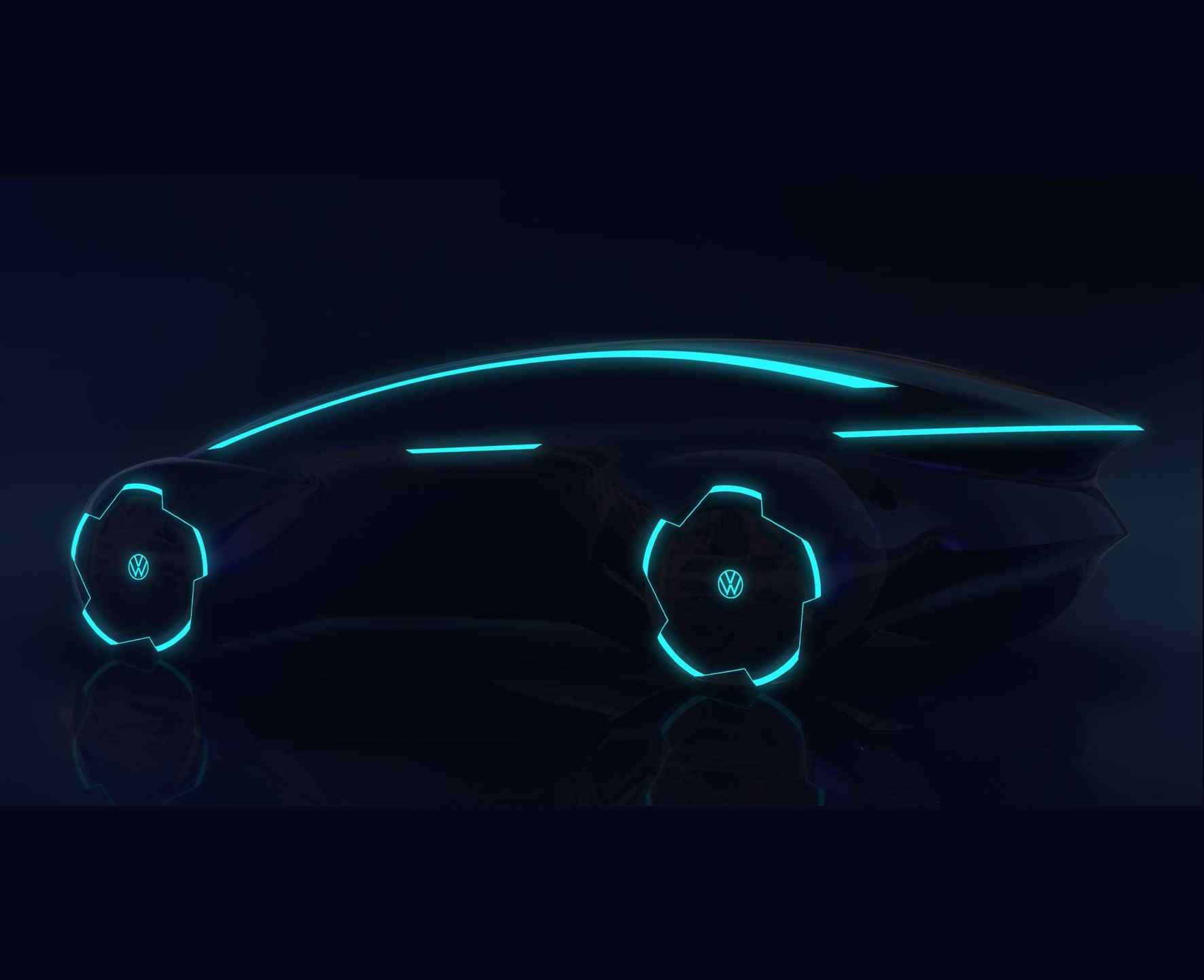Volkswagen has been eager to tease the Trinity flagship EV even though the production model won’t be coming out until 2026. Not only that, but a decision regarding where the zero-emissions model will be assembled hasn’t even been taken yet, so there’s still a lot of work to do within these next four years. Meanwhile, the company’s boss has suggested where the car could be manufactured.
Speaking to the media, Ralf Brandstaetter mentioned the possibility of assembling the Trinity at a new high-tech factory located near the headquarters in Wolfsburg. It would be an alternative to revamping the current plant to support the production of VW’s hugely promising EV. However, a final decision might not be taken until December when VW Group shareholders will review the plan of expenditures for the next five years.

Provided it will be getting the proverbial green light, the new facility in Germany will have an annual production capacity of approximately 250,000 vehicles. VW mentions it would actually be easier to build a brand-new factory compared to adapting an existing plant for the electric sedan codenamed Trinity. Whatever decision it will take, company officials have previously stated the target is to assemble the EV at a rate of 10 hours per car.
That would mirror Tesla’s plan to put together a Model 3 at the newly established factory near Berlin, representing the company’s first factory in Europe. VW is well-aware the Palo Alto electric car manufacturer is consistently improving its manufacturing process and that it needs to catch up in order to remain competitive in an increasingly challenging electric car market.

Establishing a new factory from the ground up would allow VW to continue production of the best-selling Golf and its Tiguan equivalent crossover in Wolfsburg without any interference that might be caused by adding the Trinity to the assembly line. Both cars have been confirmed to get new generations later this decade and will be among the last models to still offer internal combustion engines, but even those will probably be heavily electrified.
Source: Automotive News
